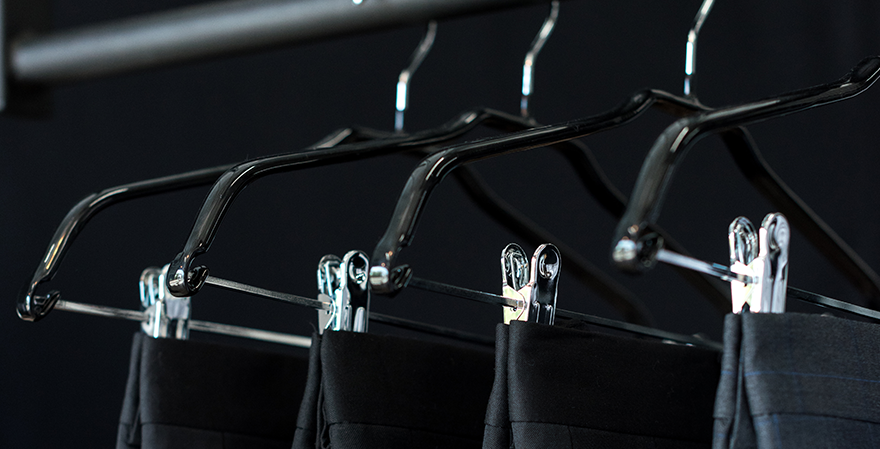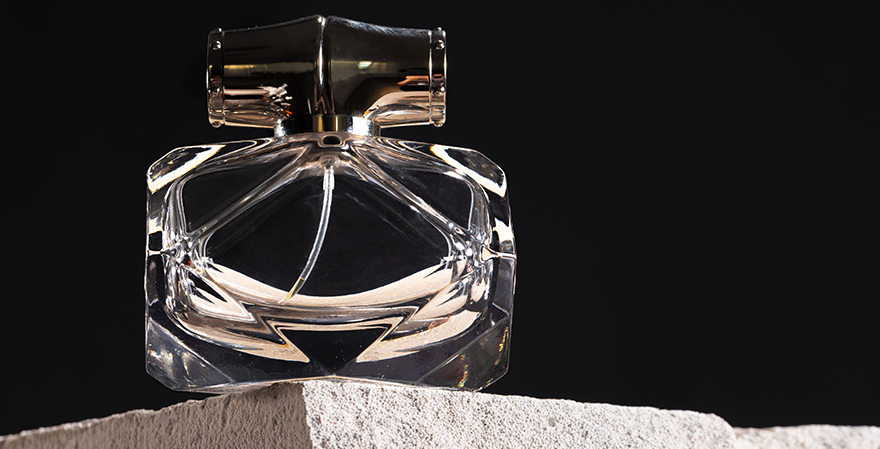WHAT WE MONITOR
TRADEMARKS

Overview
It is important to understand why a mark is likely to cause confusion in the marketplace. For one thing, you do not want to spend the time and money submitting a trademark application that may be rejected due to the likelihood of confusion. Organisations should also be aware of similar marks and whether the use of these marks constitutes infringement.
FAQ's
Registered trademarks are protected by law. However, trademark violations occur on a daily basis, and you will certainly want to be informed as soon as someone infringes your rights. Trademarks Worldwide Ltd promptly notifies you about anyone using a trademark similar to yours. Such knowledge enables you to take effective action against trademark infringements.
Currently, we are incorporating trademarks from the US, UK, and Trademarks Worldwide Ltd into our databases.
Open your personal account to review the results of your monitoring subscription at any time. In addition, you may choose to receive either a weekly or monthly report, or you can look up the results yourself.
Our computer systems assess similarity by employing a combination of different algorithms. Although it is our trade secret how this process truly works (similar to how Google® does not disclose the details of how search results are ranked), we can inform you that the Levenshtein distance plays a vital role, along with other factors.
Currently, we are analysing trademarks from the EU, UK, and US. We are continuously expanding our portfolio and will soon be able to analyse trademarks from every country.


